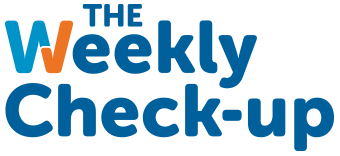Clinical Decision Support Systems: Do they work? (Part III)

In my previous post I explained why Clinical Decision Support Systems (CDSS) represent an exciting way to help a doctor stay current and keep the numerous and easy to forget details often required to take care of patients straight. These CDSSs are often built in to the electronic medical record computer program and have generated buzz, especially because of evidence that similar tools, checklists, have reduced some serious complications in certain settings.
A recent meta-analysis (a type study that looks at many of the studies on a particular subject and makes conclusions based on compiled data) looked at 148 previous studies that examined various outcomes from using a CDSS. They found that institutional goals, for example making sure patients with heart failure got on the correct medication or hospitalized patients got adequate preventative measures for blood clots, did improve. Unfortunately, they did not find any reduction in cost, or bad outcomes, such as death and disability.
This is a mix of good and bad news. The good news is that it is possible to change physician behavior using health information technology in a directed way. If specific enough, it is possible to alter what doctors do in a potentially beneficial way. Unfortunately we have not been making the right things change. Despite the effort and expense of adding a CDSS, costs remain high and the main things healthcare tries to prevent – rates of death and disability – does not seem to change.
This study is not a deathblow to CDSSs by any means; it just means they need some tweaking. Electronic medical records and other health information technology is expensive and complicated and this study shows just how complicated it is. Just because something seems like it will make an improvement does not mean it will. Just as with a new medication, new healthcare information technology needs to be studied and reworked and fiddled with for a long time before it’s full potential can be reached.
Be Well,
Dr. Bruce Feinberg


